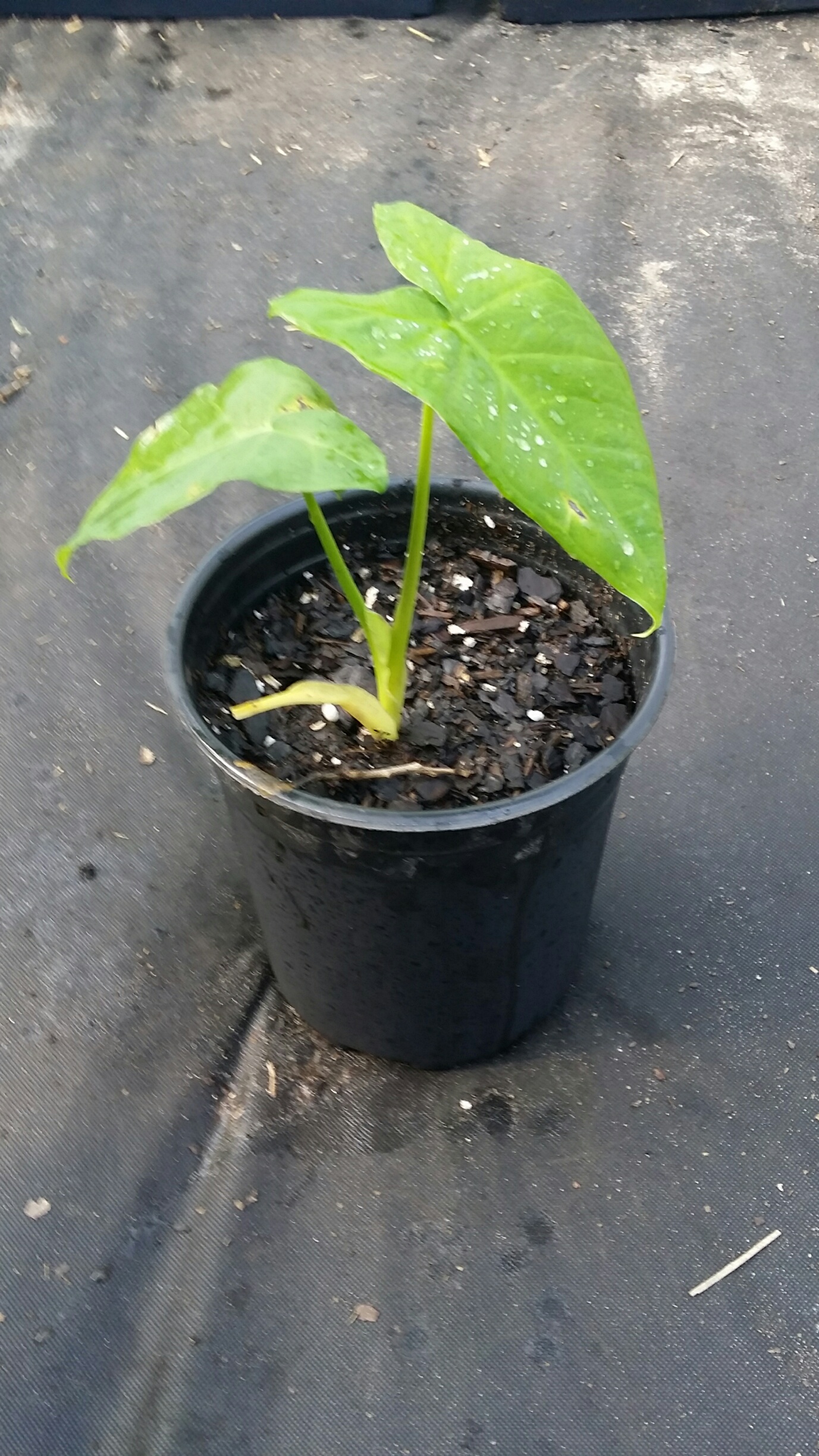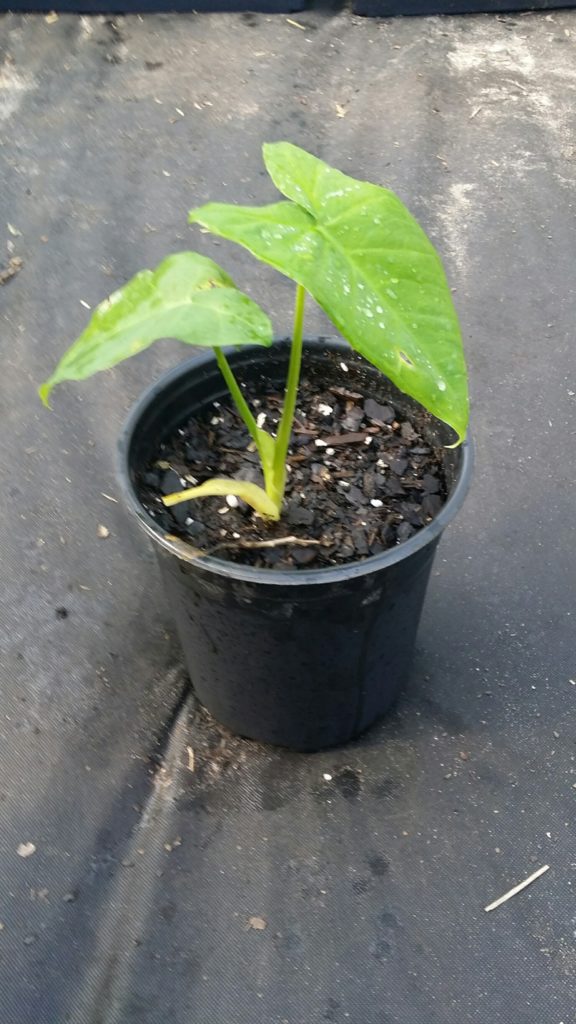Sweet potatoes are delicious, nutritious root vegetables that grow well in the food forests of central Florida. These warmth-loving plants thrive in the region’s long, warm summers and mild winters, making them ideal for food forests and home gardens. I consider sweet potatoes to be our king of calorie crops. The first 2 food forest plants I recommend anybody plant is moringa and sweet potatoes. Sweet potatoes to satisfy our calorie needs, which is the first survival food priority. And moringa to satisfy our nutrient needs. If that’s all any of us had access to in a very lean time, we could hang on for some time.
There’s up to 250 calories in a cup of mashed sweet potatoes. Sweet potatoes are an excellent source of several important nutrients too. They are particularly rich in complex carbohydrates, which provide a slow and steady source of energy. They also contain a good amount of dietary fiber, which can help to promote healthy digestion and prevent constipation.
Sweet potatoes are also a great source of vitamin A, an essential nutrient that is important for maintaining good vision, healthy skin, and a strong immune system. One medium sweet potato contains over 400% of the daily recommended value of vitamin A.
Sweet potatoes are also rich in vitamin C, which is an antioxidant that helps to protect cells from damage and promotes the formation of collagen, a protein that helps to keep skin and other tissues healthy. They are also a good source of vitamin E and vitamin K.
In addition to vitamins, sweet potatoes are also a good source of minerals. They are high in potassium, which helps to regulate blood pressure, and manganese, which plays a role in bone development and wound healing. They are also a good source of iron, which is essential for the production of red blood cells and the transportation of oxygen around the body.
Sweet potatoes are also rich in phytochemicals, which are compounds found in plants that have been shown to have health-promoting properties. Some of the most notable phytochemicals found in sweet potatoes include anthocyanins, which are responsible for the bright orange and purple color of sweet potatoes, and carotenoids, which are antioxidants that have been linked to a reduced risk of certain types of cancer.
Finally, sweet potatoes are gluten-free, have a low glycemic index making them a great choice for diabetic individuals, or for anyone looking to control blood sugar levels.
My favorites are purple varieties. There are several purple varieties of sweet potatoes that are known for their vibrant color and delicious flavor. Some of the most popular purple varieties include:
‘Stokes Purple’: This is one of the most popular purple sweet potato varieties. It has a dark purple skin and a vibrant purple flesh. It has a slightly sweet and nutty flavor and is known for its high yield and disease resistance.
‘Purple Dragon’: This sweet potato variety is known for its unique, elongated shape and vibrant purple skin and flesh. Its flesh is moist and sweet, with a nutty flavor.
‘Blackie’: This variety has dark purple skin and deep purple flesh. It has a sweeter taste than other purple varieties and a good yield.
‘Violetta’: This is a new breeding that features deep purple skin and a bright purple flesh. Its flesh is moist and sweet and it stores well.
‘Purple Majesty’: This is another newer variety with a deep purple skin and a purple flesh, known for its texture and flavor.
Be aware that purple sweet potatoes may have a lower storage life than orange or white varieties.
Also it’s important to note that most purple sweet potatoes will turn brown when cooked, but the purple color will remain in the flesh, and its beneficial compounds will remain intact.
When choosing sweet potato varieties grown in food forest systems, you should choose a mix of different varieties. Popular cultivars in Central Florida include ‘Beauregard’, ‘Jewel’ and ‘Covington’. ‘Beauregard’ is known for its large, sweet, moist tubers, ‘Jewel’ is known for its dry, sweet flesh, and ‘Covington’ is known for its high yield and disease resistance. Sweet potatoes are usually planted in early summer after the last frost and the soil has warmed up. They should be planted in well-drained, sandy soils rich in organic matter. A 4- to 6-inch bed of organic mulch, such as straw or grass clippings, will help retain soil moisture and keep sweet potato roots cool.
A plant cutting that is not a seed potato but a rooted cutting of a mature sweet potato vine is called a slip. Cuttings are available from seed companies, or nurseries, but not necessarily year round from businesses up north. Those of us in Florida, may have them year round or overwinter some slips until the danger of frost is gone. You can also make your own by taking cuttings from mature sweet potatoes to propagate into more plants. Plant cuttings 1 to 2 inches deep, with 2-3 nodes below the surface, and 12 inches between each cutting.
Sweet potatoes require a lot of water, especially when first planted and during the hot, dry summer months. Water your sweet potatoes deeply and regularly, ideally with a drip irrigation system to keep the soil moist. Heavy mulch will help retain the moisture.
Feed sweet potatoes regularly with a balanced organic fertilizer such as 10-10-10 and maintain a pH range of 5.5-6.5 for optimal growth. Organic bone meal is also a good soil amendment before planting.
Sweet potatoes can usually be harvested about 90-120 days after planting, but it may take longer depending on the variety and other variables. Wait for the leaves to turn yellow, then carefully dig the tubers by hand or with a garden fork.
Be careful not to damage the tubers when harvesting. Their skins are thin and subject to scarring easily before they are cured. You can cure them for up to 2 weeks in a warm, humid environment to fully develop their sugars. They can be eaten fresh, but will be much starchier. They should be stored in a cool, dry place until ready to eat or use.
Sweet potatoes make a great addition to the food forests of central Florida. It offers great flavor and texture and is extremely versatile in the kitchen. As a bonus, you get 2 crops in one as the leaves and young shoot of vines are also edible like any other leafy green. They can be eaten raw or cooked.

